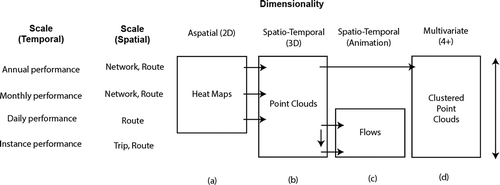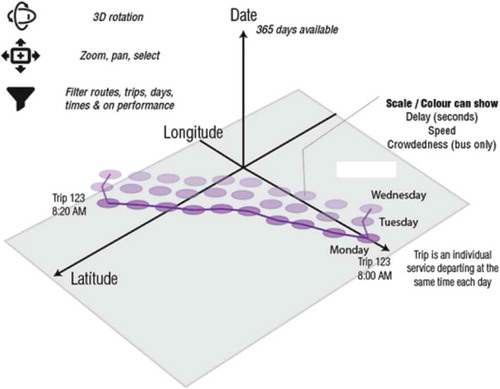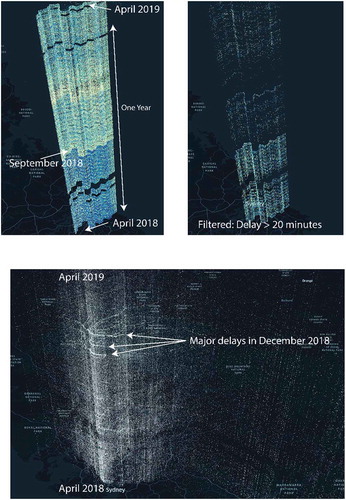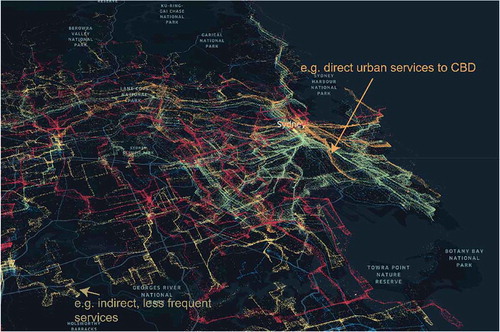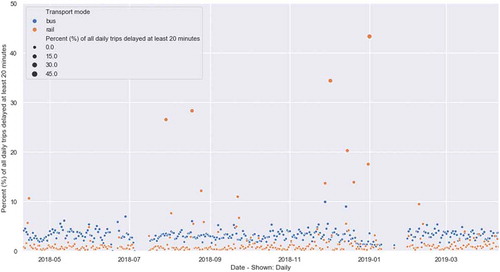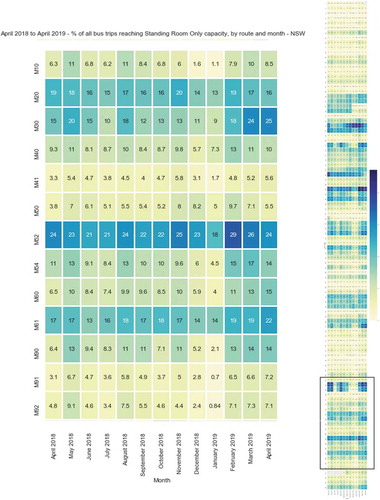Figures & data
Table 1. Visual analytics tasks and use case
Figure 2. Illustration of features of a long-term performance monitoring dashboard integrating current and continuously collected real-time data
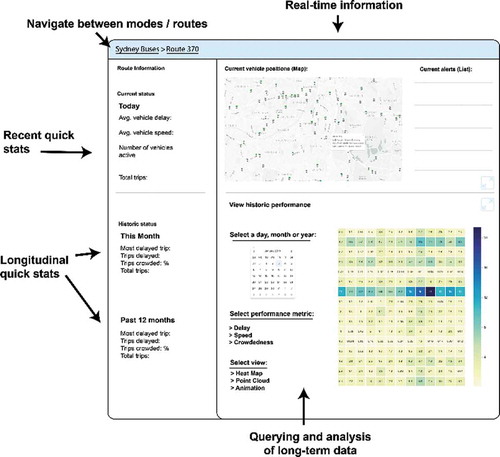
Table 2. Summary of performance variables used for cluster analysis, calculated for every route
Figure 5. Heatmap – Rail delays (defined as per cent of trips delayed 15 minutes at any part of the journey). Additional heatmap example found in Appendix 2,

Figure 6. Heatmap – Bus delays overview (defined as per cent of trips delayed 15 minutes or more at any part of the journey)

Data availability statement
Real-time data used for this study is available as open data through the Transport for NSW open dataportal for future replications. For historically-collected big data sets, the author has published this data as open source through the following reference with documentation. See: Lock, Oliver (2020), “High-volume public transport vehicle locations(rail, bus, ferry and light rail) and performance metrics for Sydney dated from March 2018 to April 2019 (GTFS Real-time)”, Mendeley Data, v1http://dx.doi.org/10.17632/gstfpzg339.1.


